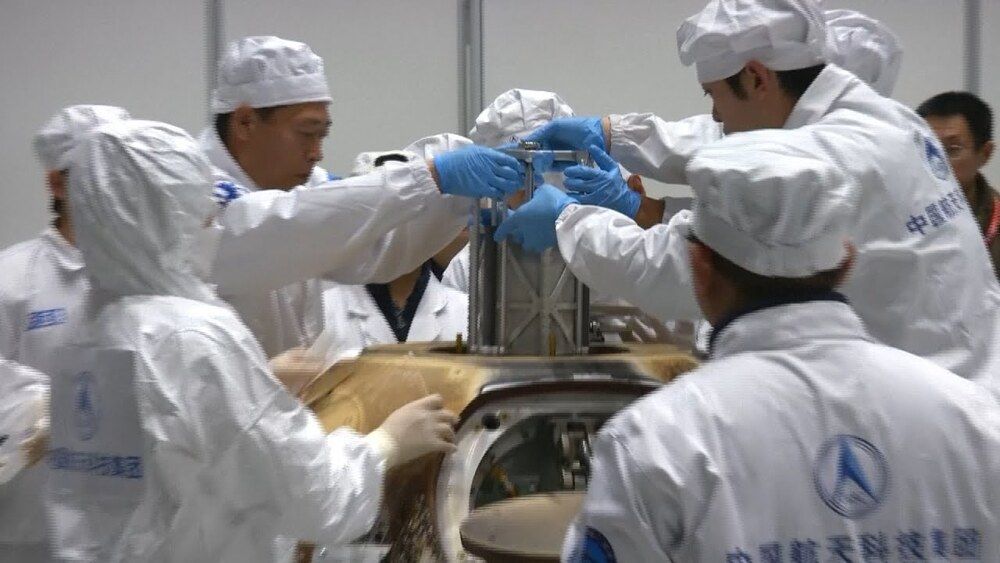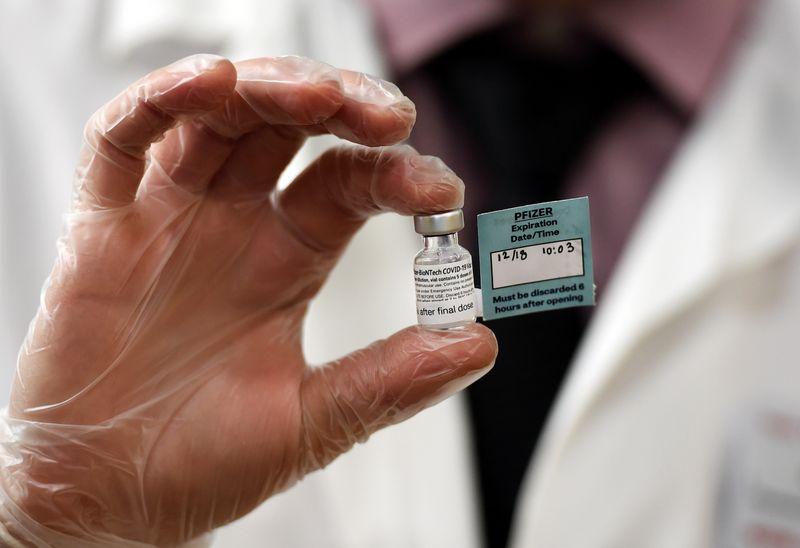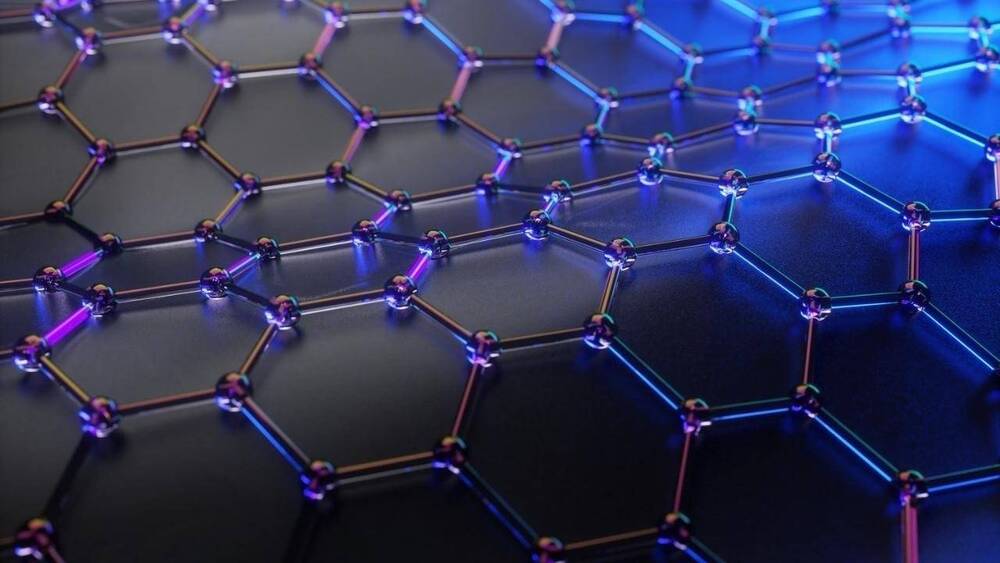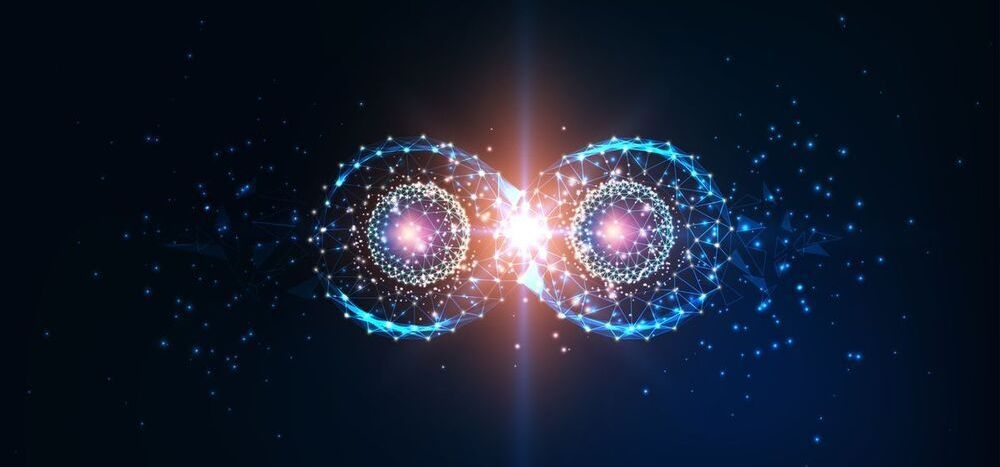It is the weekend and time for a new video… following on from last week, this time I am looking at the types of cardiovascular training and how they effect your body at the cellular level, so you can craft your own training program, suited to your lifestyle and preferences, that helps you slow the aging process so you can live long enough to live forever…and be fit enough to enjoy it to the maximum.
After all, if life is boring, why live forever?
In The Benefits Of Cardiovascular Fitness, I look at the benefits of training and exercise, both High Intensity Interval Training (HIIT) and Steady State Cardio training, and how they effect the body in different ways, making them both essential weapons in your arsenal against the effects of aging.
If you missed Why We Should Exercise Regularly — Ten Amazing Benefits, you can find that here… https://youtu.be/ZMXFBgcuaaI So go and get sweaty, and share your preferred workout regime with us in the comments below.
So go and get sweaty, and share your preferred workout regime with us in the comments below.
The return capsule of the Chang’e-5 lunar mission was opened on 19 December 2020, in Beijing, China. Scientists extracted the lunar sample container and the China National Space Administration (CNSA) handed over the lunar samples to the Chinese Academy of Sciences (CAS) for research.
Credit: China Central Television (CCTV)
ANCHORAGE, Alaska (Reuters) — A Fairbanks clinician suffered anaphylactic symptoms after being given the Pfizer Inc coronavirus vaccine, a hospital said on Friday, becoming the third Alaska health care worker to suffer an adverse reaction to the new drug. The clinician, whose name was not released, started showing symptoms about 10 minutes after being inoculated on Thursday, according to Foundation Health Partners, operator of the Fairbanks Memorial Hospital. The health care worker was treated in the hospital’s emergency room with epinephrine and released about six hours later, Foundation Health Partners said in a written statement. “Allergic reactions, though uncommon, can occur with injections of medications and vaccines,” Foundation Health Partners’ Chief Medical Officer Dr. Angelique Ramirez said in the statement.
@SBF_Alameda, @hosseeb, and @VitalikButerin have each pledged $50K to be donated to whichever charity wins the most votes. Poll finalizes at 5PM PST Dec 22nd (01:00 UTC, 09:00 SG/HK), when the event begins!
https://ftx.medium.com/effective-altruism-giving-in-crypto-12faee9df91f
Graphene, one of the most important nanomaterials developed so far, continues to surprise the scientific community. This time, thanks to the extraordinary phenomena found by a group of physicists from the University of Arkansas. We are talking specifically about the capacity to use the thermal motion of atoms in graphene as a source of energy!
In this recent work, published in Physical Review E under the title Fluctuation-induced current from freestanding graphene, the team of researchers have successfully developed a circuit capable of capturing graphene’s thermal motion and converting it into an electrical current.
As it is said in this article : “The idea of harvesting energy from graphene is controversial because it refutes physicist Richard Feynman’s well-known assertion that the thermal motion of atoms, known as Brownian motion, cannot do work. Thibado’s team found that at room temperature the thermal motion of graphene does in fact induce an alternating current (AC) in a circuit, an achievement thought to be impossible.”
“A reactogenic vaccine is not the same thing as an unsafe vaccine,” says Saad Omer, a vaccinologist and the director of the Yale Institute for Global Health.”
The COVID-19 vaccine will make some people feel sick. But they’re not—that’s the immune system doing its job.
One good reason for the rarity of radical designs is the enormous expense of the research. Engineers can learn only so much by running tests on the ground, using computational fluid-flow models and hypersonic wind tunnels, which themselves cost a pretty penny (and simulate only some limited aspects of hypersonic flight). Engineers really need to fly their creations, and usually when they do, they use up the test vehicle. That makes design iteration very costly.
For decades, scientists have merely guessed it exists. They finally found proof it does.
US Army researchers believe they have found a novel way to articulate the position of turbine blades in the hot section of jet engines. They say the innovation could significantly improve efficiency and power of jet engines – and also enable a new, wider range of performance needed for futuristic …









